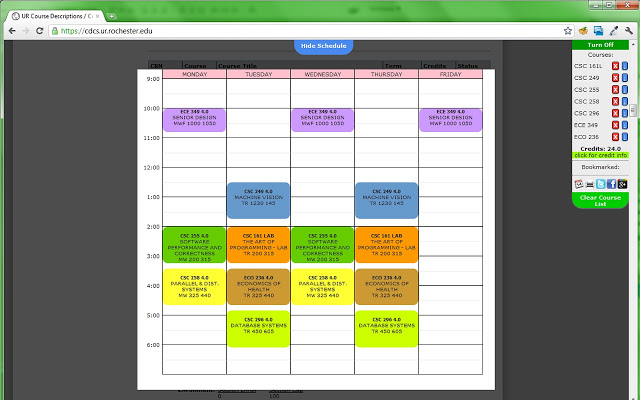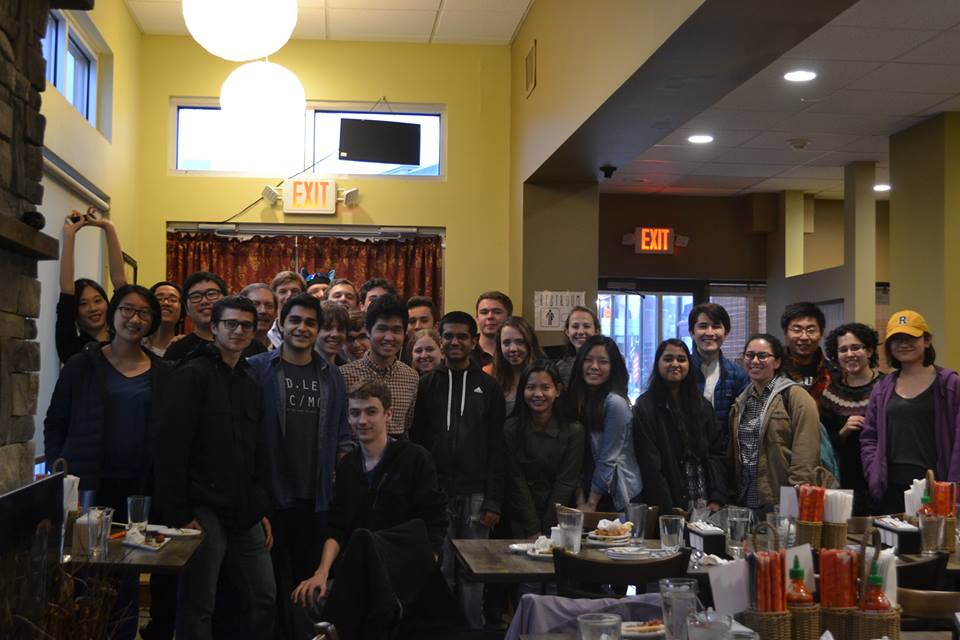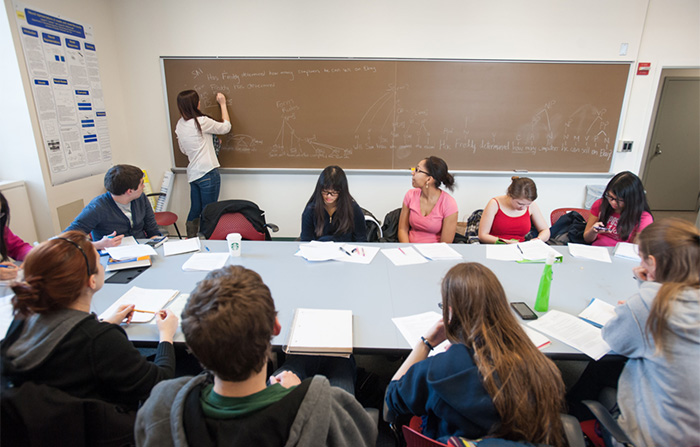Five Tips for College Classes
After getting accepted to the University of Rochester and filling out all the necessary paperwork, the next thing on my to-do list was registering for classes. I later realized that I would pick my classes after meeting with my pre-major advisor during Orientation, and that course registration would happen a few days before classes started. Anyway, the whole process was pretty new to me, but I got through it! And, to help you understand college classes better, I have these five tips.
1. Registration is a race against time.
For all you incoming freshmen out there, let me just tell you now—registering for classes is a crazy time! Once you meet with your pre-major advisor and get their permission to register, you can actually start planning your schedule. You should plan for a flexible schedule because some classes get closed very quickly due to their popularity or because people filled the spots before you. Other things to keep in mind are that labs and workshops have a small class limit, so you should have at least two to three back-ups, just in case your first choice gets filled up. On a brighter note, you have your Freshman Fellow to get you through this tough time. And if all else fails, you can always wait for people to drop the course you wanted and register for it then!

2. Keep the Writing 105 course in mind.
As you already know, Writing 105 is the only required course at the University of Rochester. You can pick from over sixty topics ranging from Heroes vs. Villains to Writing About Food. The class size for this course usually ranges from 10-15 people, and that means spots fill up very quickly! WRT 105 is probably the only course you have a low change of getting into, given that everyone has to take it! But don’t worry—you’ll get in eventually.
3. Most introductory classes are huge.
A lot of people are surprised by the size of the introductory classes, given that our student-to-faculty ratio is 10:1. This is true for 71 percent of all the classes offered here at the University, but for the remaining 29 percent, the class size might exceed that. For example, my general chemistry course, CHM 131, had more than 250 enrolled students! And my honors calculus course this semester, MTH 172, had 30 people. So, as you can see, it varies from course to course! Ultimately, the general courses that most student take—biology, chemistry, economics, psychology, mathematics—have upwards of 60 people each.

4. Workshops and office hours are a blessing.
To make up for the above mentioned class sizes, we have a system of workshops and office hours that students are free to use at all times. Workshops are similar to small study groups where a teaching assistant or workshop leader leads the discussion and the students (usually around 10-15) work together on problems from the lectures and ask questions. This not only promotes collaboration, which is something the University really encourages, but also helps you learn better, what with constant revision and going over the workshop questions. Moreover, all professors and TAs have walk-in office hours every week where you can go to their office and ask them all of your questions! They’re happy to help you.

5. Exploration is a choice.
I personally believe that college is the time to explore where your interests lie—and where they don’t! You will never have as much freedom of building your own curriculum and choosing your own classes as you do now, so my advice to you would be, go crazy! Have you always wondered how the French Revolution transpired? Take that history course! Or maybe you want to learn a new language. Go ahead and take Japanese! You have four years to make your undergraduate education count, so why not take full advantage of the 200-plus degree programs and over 1,000 courses offered here at the University of Rochester?
Ultimately, classes here at the University are geared towards helping you discover where your true interests and passions lie. All in all, your professors, teaching assistants, workshop leaders, and classmates are always there to help you throughout your college career. I hope these tips help you navigate through the classes here at the University your freshman year, and good luck!
